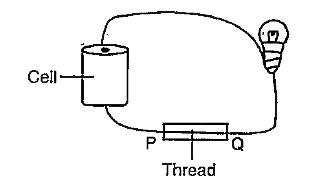Fig. 12.10 A and B, show a bulb connected to a cell in two different ways.
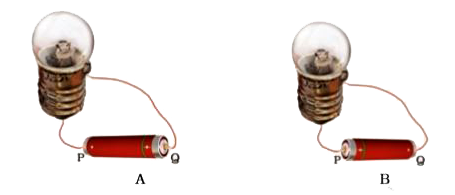
(i) What will be the direction of the current through the bulb in both the cases. (Q to P or P to Q)
(ii) Will the bulb glow in both the cases?
(iii)Does the brightness of the glowing bulb depend on the direction of current through it?
Step by step video & image solution for Fig. 12.10 A and B, show a bulb connected to a cell in two different ways. (i) What will be the direction of the current through the bulb in both the cases. (Q to P or P to Q) (ii) Will the bulb glow in both the cases? (iii)Does the brightness of the glowing bulb depend on the direction of current through it? by Physics experts to help you in doubts & scoring excellent marks in Class 6 exams.
Updated on:21/07/2023Topper's Solved these Questions
Similar Questions
Knowledge Check
A bulb is connected to a cell and the potential differ-ence across the terminals of the bulb is 24 V. If 3 A of current flows through the bulb, then the resitance of its filament is _____ω.
A8B72C24D3What is the thin wire In the bulb which glows when an electric current passes through It called?
AFilamentBHolderCConnecting wireDElementA rod of mass M and length l is suspended by two wires P and Q. A uniform magnetic field 'B' is directed into the page. When current through the rod is l. Then the tension in each supporting wire is-
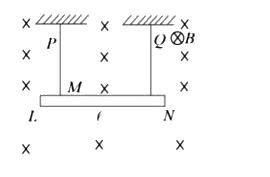 Amg2B2BIlCMg−BilDMg−Bil2
Amg2B2BIlCMg−BilDMg−Bil2
Three incandescent bulbs of 100 W each are connected in series in an electrical circuit. In another circuit another set of three bulbs of the same wattage are connected in parallel to the same source.
(a) Will the bulb in the two circuits glow with the same brightness? Justify your answer.
(b) Now let one bulb in both the circuits get fused. Will the rest of the bulbs continue to glow in each circuit? Give reason.
View SolutionThree incandecent bulbs of 100W each are connected in series in an electric circuit. In another circuit another set of three bulbs of the same wattage are connected in parallel to the same source.
(a) Will the bulbs in the two circuits glow with the same brightness ? Justify your answer.
(b) Now let one bulb in both the circuits get fused. Will the rest of the bulbs continue to glow in each circuit ? Give reason.
View SolutionThree incandescent bulbs of 100W each are connected in series in an electric circuit. In another circuit, another set of three bulbs of the same wattage are connected in parallel to the same source.
(a) Will the bulbs in the two circuits glow with the same brightness ? Justify your answer.
(b) Now let one bulb in both circuits get fused. Will the rest of the bulbs continue to glow in each circuit ? Give reason.
(a) In a household electric circuits, different appliances are connected in parallel to one another. Give two reasons for the same.
(b) An electrican puts a fuse of rating 5A in that part of domestic electrical circuit in which electrical heater of rating 1.5kW,220V is operating. What iis likely to happen in this case and why ? What change, if any, needs to be made ?
View SolutionSurbhi sets up the apparatus as shown to test the electrical conductivity of vinegar. She finds that the current passing through the circuit is not strong enough to make the bulb glow. What other device could she use in place of the bulb so that it glows even under weak current
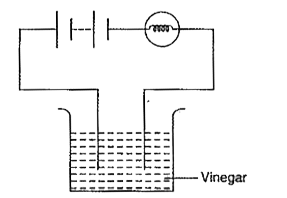
View SolutionPaheli connected two bulbs to a cell as shown in Fig. 12.8.
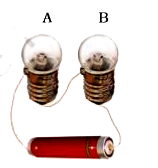
She found that filament of bulb B is broken. Will the bulb A glow in this circuit? Give reason.
View Solution

